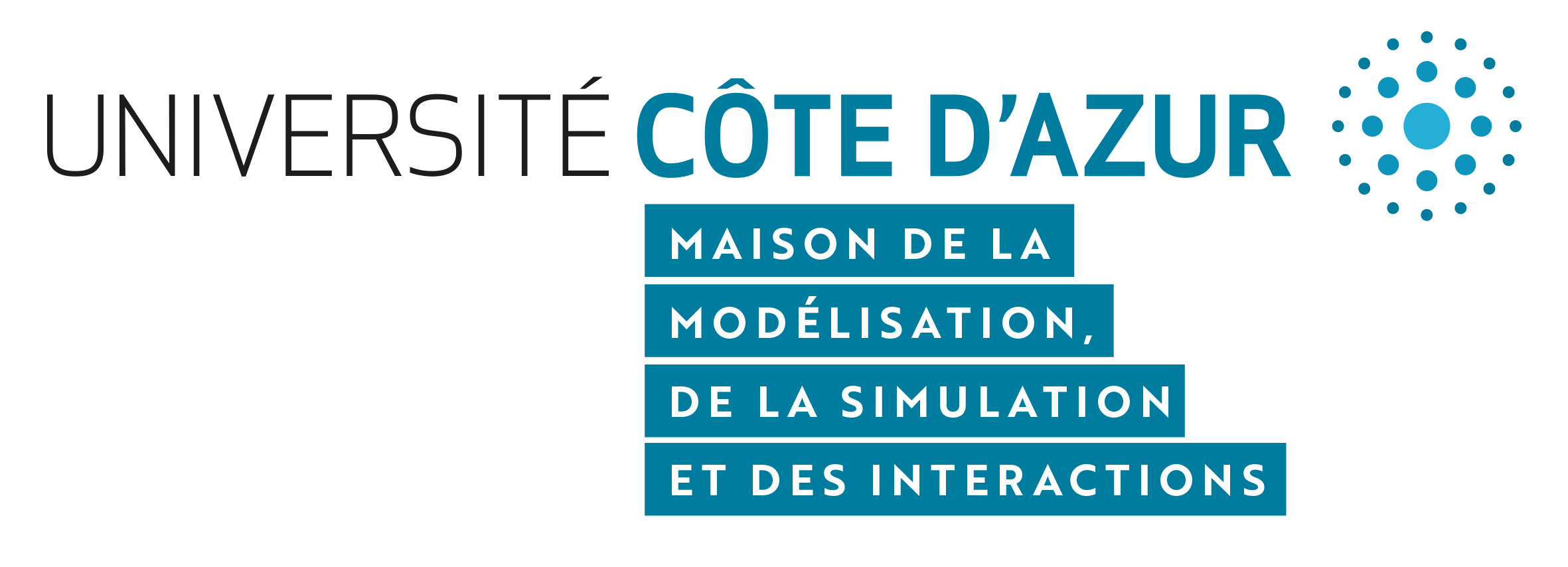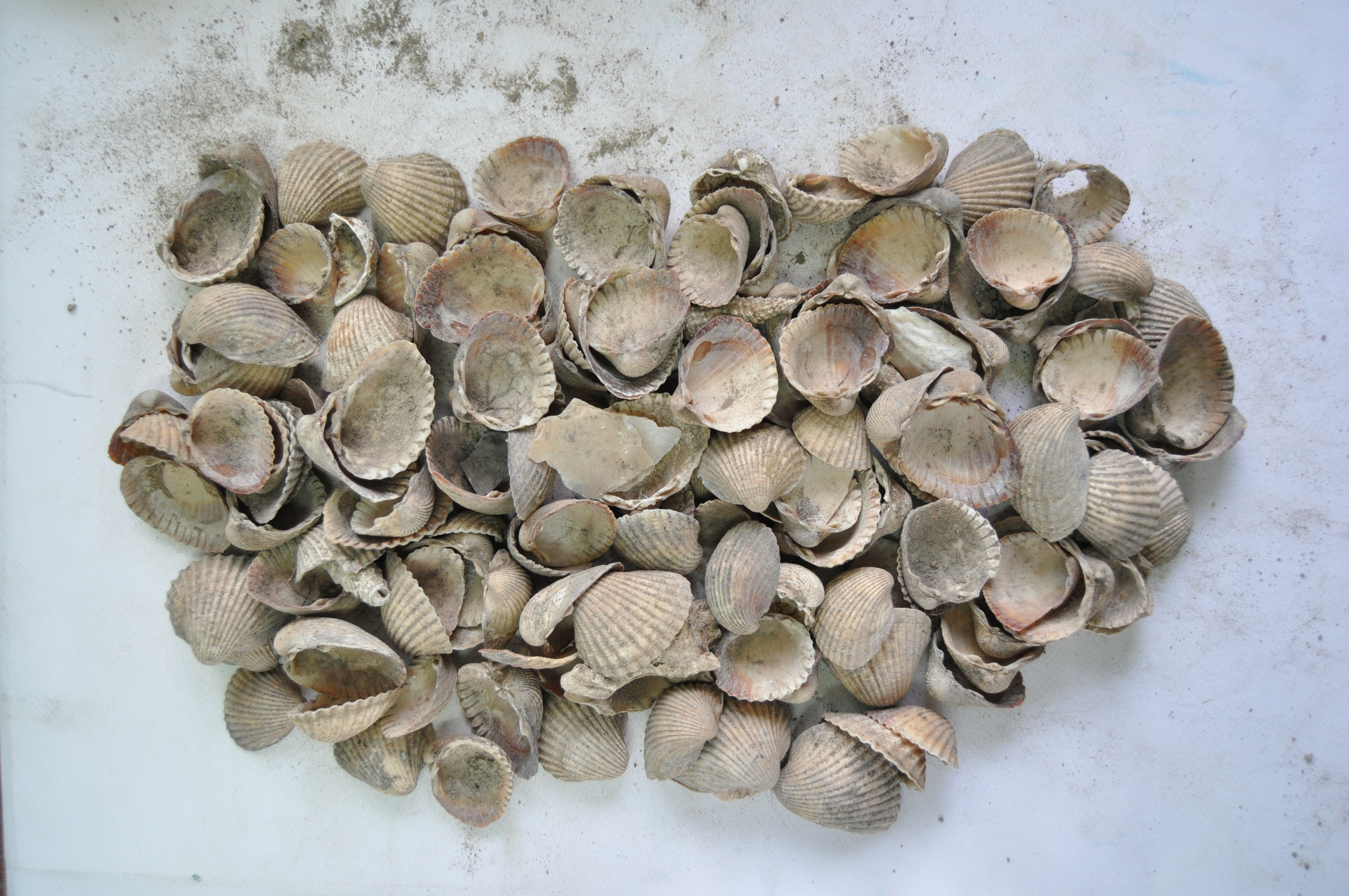PAIRE
Automatic AI Pairing of Archaeological Shells
In archaeology, a new, more holistic ambition is emerging in the development of new methodologies for the characterization of objects and processing of quantitative data, which are often discontinuous, incomplete, and heterogeneous. The structuring and interpretation of these data no longer relies solely on the skills of archaeologists but encompasses a new methodological approach, drawing from computer science and applied mathematics, including new applications in collaboration with specialists in these fields.
Archaeological assemblages of marine shells from shell-bearing sites (shell middens) worldwide may yield thousands of bivalve valves, such as Cerastoderma glaucum, which represent kitchen-waste products. The study of these assemblages forms a separate discipline within archaeology. One of the zooarchaeological methods used to characterize the exploitation of these marine resources, from gathering strategies to consumption practices, consists in estimating the number of consumed bivalves based on the number of valves present in the assemblage. Traditionally, this involves manually pairing right and left valves based on the precise size/shape of each valve (each bivalve consists of two valves).
However, this method is tedious and time-consuming, thus making it difficult to implement systematically. Therefore, there is a significant loss of important information regarding the practices of prehistoric hunter-gatherer-fisher societies. The aim of this new methodological approach is to enhance the informative potential and resolution of archaeological shell studies. Automatic measurement and pairing of left and right valves from photographic images, which can be easily obtained at archaeological sites, represent major technical challenges that support archaeological research.
The analytical protocol of this study comprises the following tasks:
- Automatic object segmentation to extract single shell images from images containing multiple shells.
- Image classification to label single valve images as either left or right valves.
- Automatic estimation of valve size.
- Implementation of a method for pairing images of left and right valves.


